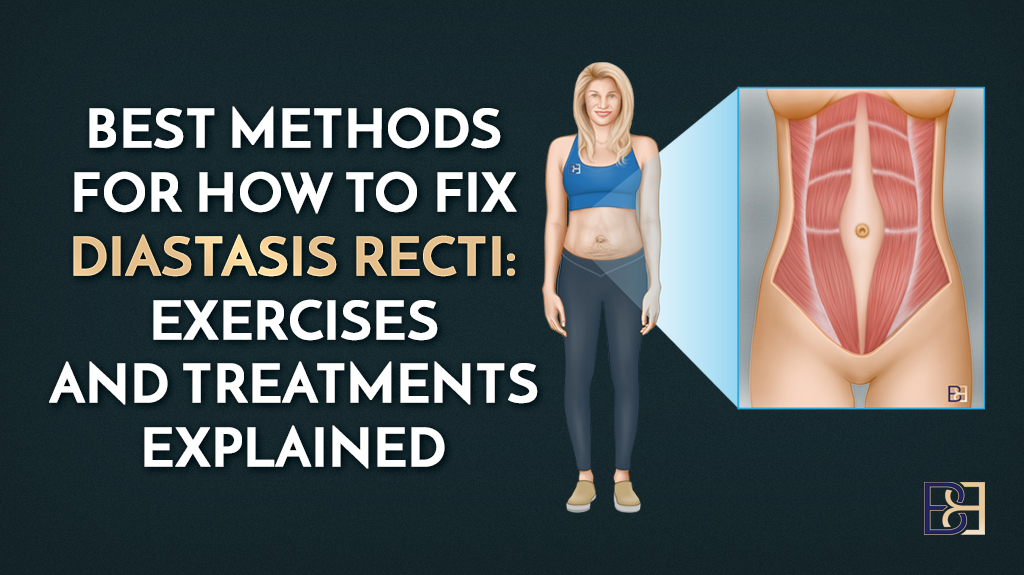This operation is performed under a general anaesthetic.
The administration of general anaesthetic agents by, or under the direction and supervision of the surgeon(s) and the accompanying qualified anaesthetist.
Thigh lift involve certain risks and possibilities of complications
The procedure will result in scar formation, as with all surgery. With a thighplasty the scar is positioned on the inner thigh between the groin area and the knee. Depending on the extent of skin removal required it may extend beyond the knee. Scarring is generally pink, but fades to become white, soft and supple in the weeks or months after the operation. Most patients find that the wound heals ** and that the appearance is ultimately acceptable to them. However, abnormal scarring occasionally occurs within the skin and deeper tissues and these may be unattractive and of different colour to the surrounding skin. Scars may also exhibit contour variations and “bunching” due to excess skin, or may be asymmetrical (with a different appearance between the right and left side of the body). In some cases scars may require surgical revision or treatment. In rare cases keloid scars form, which are thickened by an inflammatory process in the scar tissue. This occurs due to an irregularity of the patient’s healing process.
Antibiotics are administered during the operation and,if required, will be prescribed to take afterwards. This minimises the risk of infection. Nevertheless infections can occur and, should this be the case, they are treated either by oral antibiotics or, in severe cases, by admission to hospital for intravenous antibiotics and further drainage procedures.
General complications applicable to all types of operations include, but are not limited to:
- Heart problems (although very uncommon with modern anaesthetic techniques).
- Lung problems; small areas of the lungs may collapse, increasing the risk of chest infection. Such problems may require antibiotics and physiotherapy to correct. Other potential lung complications are quite rare.
- Clots in the legs with pain and swelling. Rarely, part of such a clot may break off and travel to the lungs, causing fatal complications.
- Allergic reactions to medications.
- Potential for injury to deeper structures including nerves, blood vessels, and muscles.
- Itching, tenderness, or exaggerated responses to hot or cold temperatures. Usually this resolves during healing but, in rare cases, may be chronic.
- Deep sutures may spontaneously poke through the skin, become visible or produce irritation that require removal.
- Wound disruption or delayed wound healing – especially in patients who do not stop smoking before their operation. Necrosis (skin death) can also occur.
Postoperative pain will occur in varying degrees, from quite severe to moderate and mild on the first day. The pain gradually ** over the next few days and is assisted by using the prescribed pain medication.Increasing,unresponsive pain should be brought to the attention of the surgeon as this may be an indication that complications are developing.
Intermittent mild discomfort or intermittent sharp pains after the first few weeks after surgery is also common, as the swelling resolves and the nerves recover. Chronic pain, ranging from mild aching pain to sharp nerve pain can persist for more than one year.
Bruising and swelling is normal after the operation, but this varies from mild to severe with each patient.
To reduce risks the patient should stop treatment with such drugs as Aspirin, anti-inflammatory drugs or other blood-thinning agents, including high dose vitamin E tablets or capsules, 10-14 days prior to surgery. We will provide you with a comprehensive list of substances to avoid in your pre-operative instruction sheet. However if you are taking any medications and you are unsure if they affect bleeding, please ask us at least two weeks before your operation.
Specific complications relating to thigh lift surgery may include:
- Seroma or excessive fluid build-up between the skin and underlying tissue.
- Nerve injuries, including the motor nerves that move the muscles.
- Some initial loss of skin sensation – though usually temporary, in rare cases it can be permanent.
- Visible skin contour irregularities, wrinkles, depressions, and skin pleating, where there is excessive redundant skin.
- Asymmetry may be noted.
- Swelling and skin discoloration.
- A sensation of tightness in the thigh, though this usually subsides over time.
- Infections – either superficial or deep.
- Bleeding after surgery – requiring emergency treatment to drain accumulated blood or transfusion.

